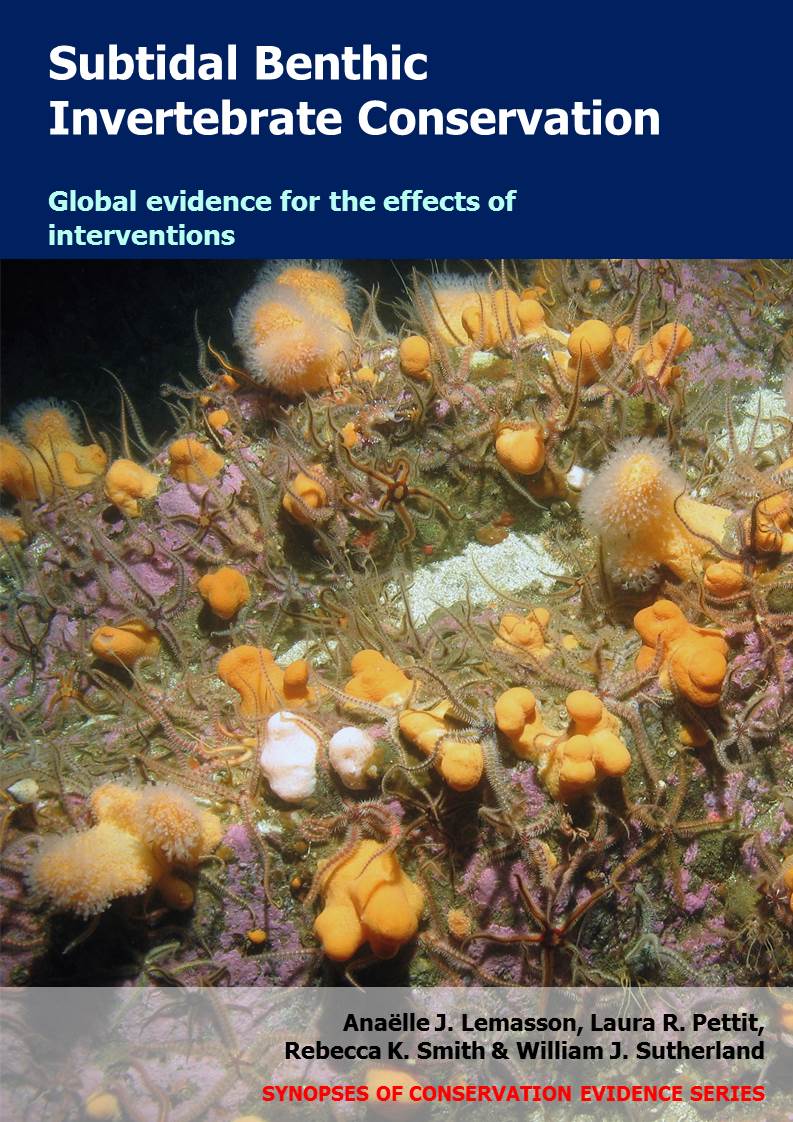Use a midwater/semi-pelagic trawl instead of bottom/demersal trawl
-
Overall effectiveness category Likely to be beneficial
-
Number of studies: 1
View assessment score
Hide assessment score
How is the evidence assessed?
-
Effectiveness
70% -
Certainty
41% -
Harms
0%
Study locations
Supporting evidence from individual studies
A replicated, controlled study (date of study unspecified) in six seabed plots in the Indian Ocean, north-western Australia (Moran & Stephersn 2000) found that fishing with a semi-pelagic trawl did not reduce invertebrate abundance to the extent that fishing with a standard demersal trawl did. Following fishing with a semi-pelagic trawl, abundance of large sessile invertebrates (>20 cm) did not change and was similar to non-trawled plots, whereas following each fishing event with a demersal trawl their abundance was reduced by approximately 16% (data presented on a logarithm scale). The semi-pelagic trawl caught fewer commercially targeted fish than the demersal trawl. Two types of otter trawls were tested; a semi-pelagic trawl, deployed approximately 15 cm above the seabed (no contact), and a standard demersal trawl towed along the seabed (in contact). An area of seabed at 50–55 m depth that had never been trawled was divided into six 360 x 925 m plots: two plots/gear type and two non-trawled plots. Each trawled plot was trawled four times. Invertebrates attached to the seabed (>20 cm, reported as being mostly sponges, soft corals, and gorgonians) were counted from video camera recordings before and after each fishing event in trawled and non-trawled plots.
Study and other actions tested
Where has this evidence come from?
List of journals searched by synopsis
All the journals searched for all synopses
This Action forms part of the Action Synopsis:
Subtidal Benthic Invertebrate Conservation





)_2023.JPG)














